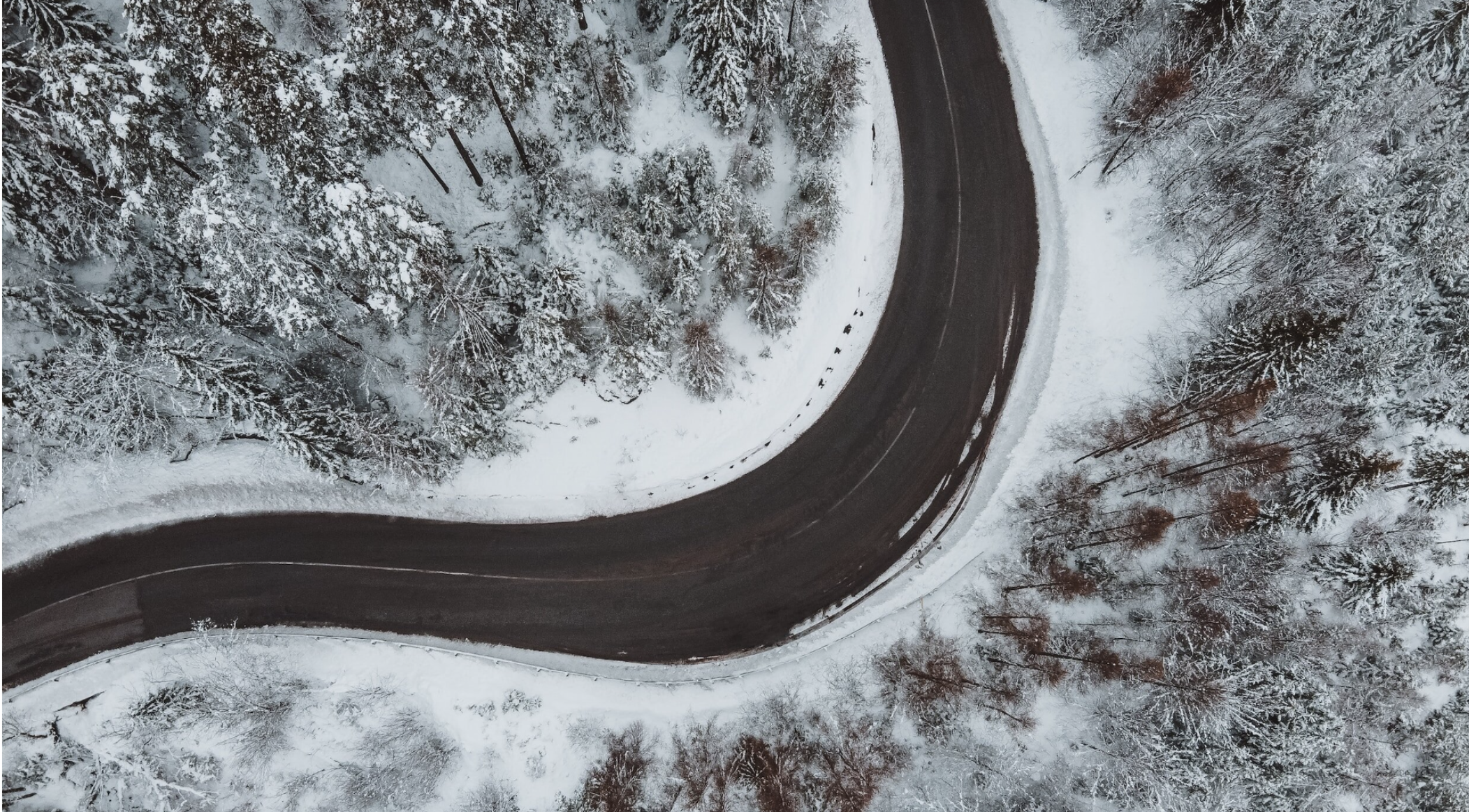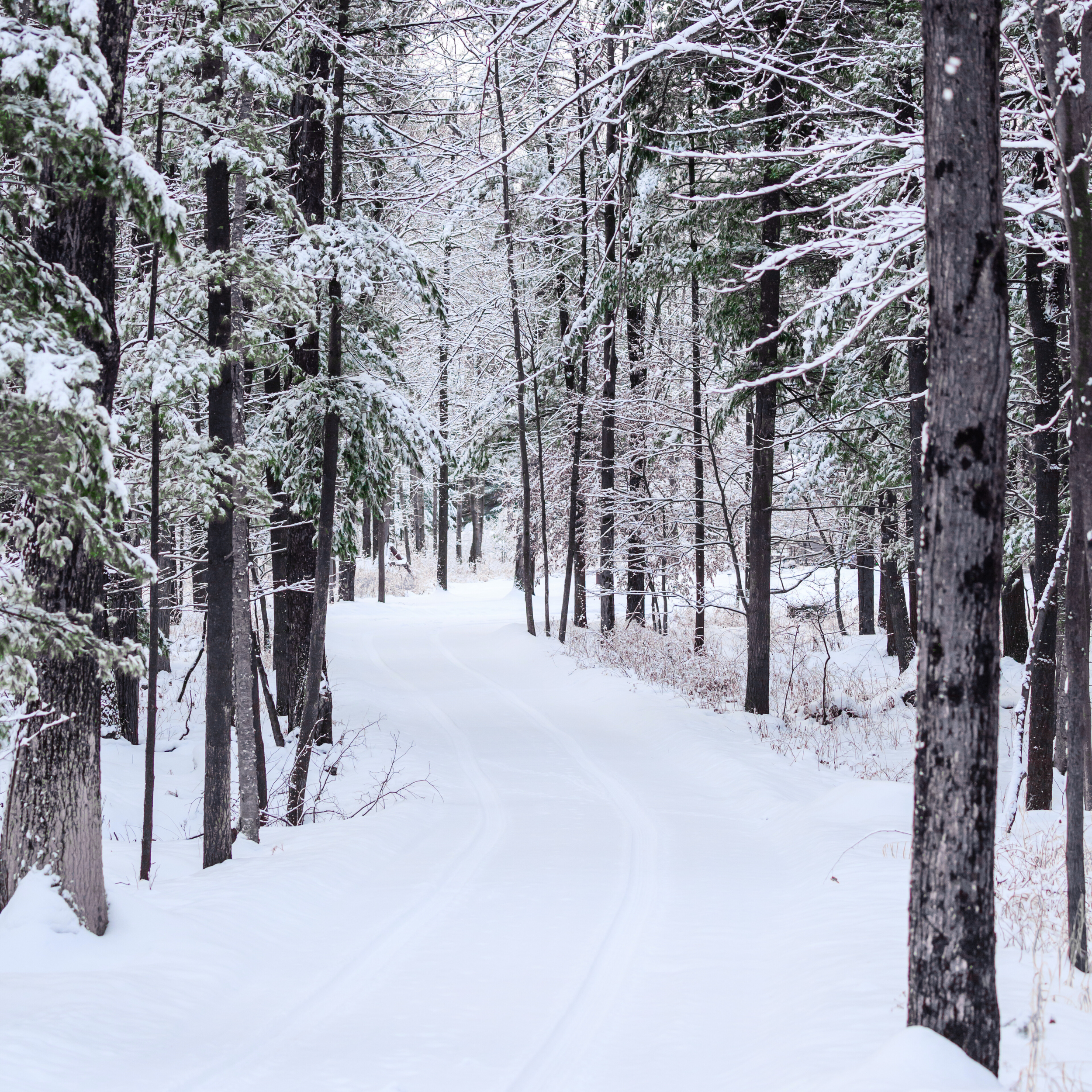What is Liquid Brine?
Liquid brine is a mixture of salt and water that is used as a de-icing agent. Brine is used as a pre-treatment up to 48 hours prior to a storm. The mixture acts as a protective layer, preventing snow and ice from bonding to the surface of your driveway and can be applied to surfaces like driveways, sidewalks, and even parking lots.
How Does it Work?
Liquid brine is used for anti-icing to help prevent ice and snow from sticking to the roadway. Here’s a look at how effective it is.
Frequently Asked Questions
-
Liquid brine is much less corrosive than solid rock salt due to its low salt content and its ability to be spread 8x thinner than regular bagged salt. This is great for protecting lawns from excessive salt damage caused by runoff, since less salt is required for brine. Our liquid brine mixture also contains additives that reduce corrosion by 70%. These additives help protect your vehicles, equipment and infrastructure, without sacrificing melting performance.
-
Yes! Liquid brine has a salt content that is 85% less than the traditional salt used on sidewalks and driveways. This means it is much safer for pets than traditional de-icing methods. However, it is always a good idea to wipe their paws after walking on any treated surfaces to prevent them from ingesting excessive salt.
-
Liquid brine has a salt content that is 85% less than the traditional store bought salt. Our liquid brine is also much less corrosive than solid rock salt because it contains additives that reduce corrosion by 70%. These additives help protect your vehicles, equipment and infrastructure, without sacrificing melting performance.
-
When road salt is used to melt ice, it eventually runs off into the soil near the road. When winter is over, spring rains flush this salt into our streams, rivers, and lakes. This is a slow process. Even if we quit using road salt today, the salt already in the ground can persist for decades and the salt content in our streams will rise as salt continues to percolate through the soil. One 50 pound bag of salt can contaminate over 10,000 gallons of water. The salt covers habitat and disrupts the food chain, irritates the gills of fish, and disrupts the flow of water in storm drain systems. Unfortunately, most freshwater fish and bugs cannot adapt to salt in the water. The aquatic life can only tolerate so much salt before the stream becomes uninhabitable.
-
Yes! Liquid brine can be used on various surfaces like roads, driveways, sidewalks, and parking lots! It can also be used on different types of driveways such as concrete, asphalt, or gravel. Plus, our liquid brine mixture also contains additives that reduce corrosion by 70% to further help protect your property from damage.
-
Liquid brine starts working right away! It begins melting ice and preventing further ice formations as soon as it is applied since it is already in melted form. Compared to rock salt which has to go through an additional phase change of bonding to the moisture, adding more time until it starts to work.
Can’t find the answer to your question? Contacting us is a breeze! Just drop us a message through the link below and we’ll respond promptly.

Why Choose Liquid Brine?
Liquid brine is just as effective as traditional bagged salt when melting snow and ice. When treating a traditional sized driveway, you’d typically need around 15 pounds of regular bagged salt to completely cover the surface. However, if you opt for liquid brine instead, you would only need about 2.2 pounds of salt to pre-treat your driveway. That’s about 85% less salt per application!
Liquid brine can also be spread 8x thinner than regular bagged salt meaning, you can use less salt while still achieving the same level of effectiveness. This makes is safer for your driveway, pets, vehicles, and even the environment.
One 50 pound bag of salt can contaminate over 10,000 gallons of water.
Smart Salt Certified
When road salt is used to melt ice, it eventually runs off into the soil near the road. Spring rains then flush this salt into our streams, rivers, and lakes. This is a slow process. Salt contents can persist for decades, and the salt in our streams will rise as salt continues to percolate through the soil. The salt affects habitats, disrupts the food chain, irritates the gills of fish, and disrupts the flow of water in storm drain systems. Unfortunately, most freshwater fish and insects cannot adapt to salt in the water. The aquatic life can only tolerate so much salt before the stream becomes uninhabitable.
Liquid brine is just as effective as traditional rock salt when melting snow and ice. By opting for brine, we are greatly reducing the negative impact on our environment.

Committed to Safety, Driven by Sustainability
We focus on keeping your property safe while being kind to the environment. Our eco-friendly approach ensures you get reliable service and a greener solution
Did You Know Road Salt Sticks Around?
Salt doesn’t just melt ice—it lingers in our soil and waterways
When road salt is used, it doesn’t disappear—it seeps into the ground and eventually washes into our rivers and lakes. Even if we stopped today, the salt already in the soil would continue affecting our water for years…






